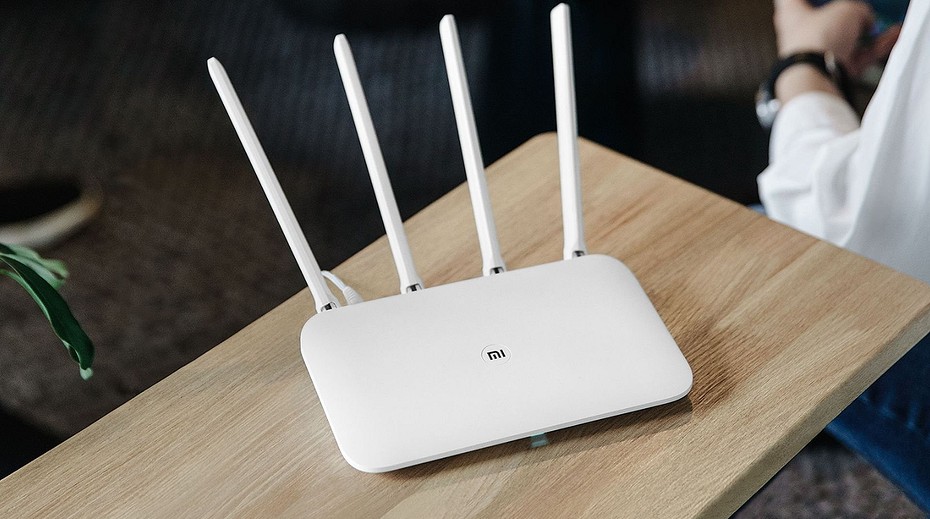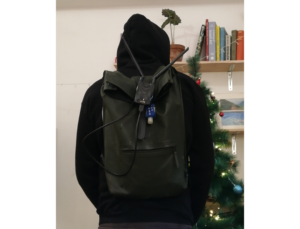
Recently a Tel-Aviv-based security researcher shared on the internet the results of his experiment. Ido Hoorvitch wanted to show how vulnerable most networks are. The results amazed everyone. For the experiment, he used a $50 Wi-Fi signal extender and a laptop. Other tools included specialized hardware drivers that enable monitor mode with the signal extender and packet capture tools. The entire trick can easily fit into a backpack.
Hoorvitch Wi-Fi experiment on Tel-Aviv streets
Over the course of the day he spent on Tel-Aviv streets Hoorvitch collected 5,000 Wi-Fi passwords. The first step of an experiment he managed. The next one was to decode the hashed Wi-Fi passwords. The researcher also added that in Tel-Aviv most people have a tendency to put their own phone numbers as a password. Even with the first pass using the Hashcat tool he cracked 2,200 of the passcodes. At the end of the experiment, Hoorvitch managed to obtain passcodes for a total of 3,559 of the 5,000 sniffed hashes.
But the researcher noted that the attack technique applies only to the networks that have Wi-Fi roaming enabled. In the end, he recommends users to change the default login settings. Also, it is important to create long, complex passwords. Such passwords are ones that have more than 10 characters with both lower and uppercase as well symbols and digits. Other safety measurements include disabling the weaker Wi-Fi Application Protocol (WAP) and WAP1 specifications, turning off Wi-Fi Protected Setup and updating router firmware.
“As I estimated beforehand, the process of sniffing Wi-Fi and the subsequent cracking procedures was a very accessible undertaking in terms of equipment, costs and execution”.The bottom line is that in a couple of hours and with approximately $50, your neighbor or a malicious actor can compromise your privacy and much more if you don’t have a strong password,” – Ido Hoorvitch.

Results
In total researcher cracked more than 3,500 WiFi networks in. And it constitutes 70% of the sample. A compromised WiFi network can present a risk to the same degree as individuals, small business owners, or enterprises. At the most basic level, an attacker can gain access to your important accounts, such as your email account, bank account, and compromise other sensitive credentials. This further can endanger your IoT devices like smart TVs, security systems, smart home equipment, etc.
Hazards for companies
Concerning the small businesses, here hackers can infiltrate a network and then proceed to the high-value applications or data, such as a cashier or billing system. In the case of an enterprise, it’s imaginable for an attacker to get initial access to a remote user’s WiFi. After that, they can jump to the user’s computer and wait for a VPN connection or for the user to be at the office and go from there.
